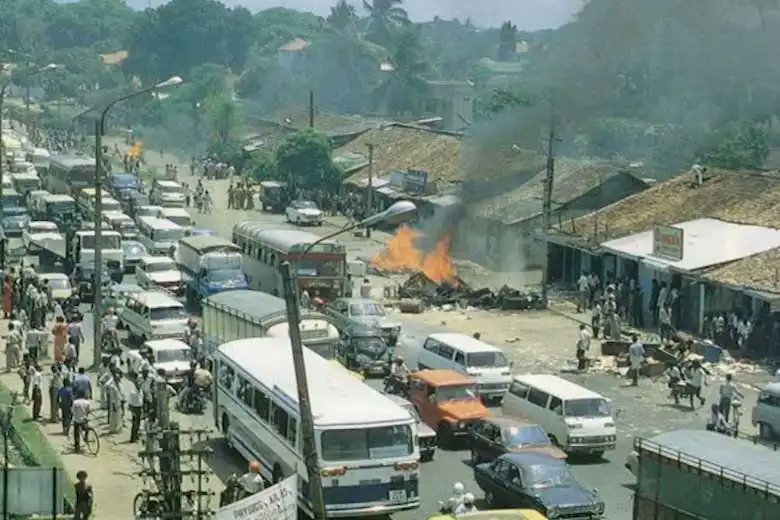Black July in Black and White
🧵TW: Violence
A look at the photos from Black July
#BlackJuly1983 #BlackJuly #SriLanka #History #lka



🧵TW: Violence
A look at the photos from Black July
#BlackJuly1983 #BlackJuly #SriLanka #History #lka




"Mobs of Sinhala youth rampaged through the streets, ransacking homes, shops and offices, looting them and setting them ablaze, as they sought out members of the Tamil ethnic minority." - London Daily Telegraph 

"In Pettah, the old commercial heart of the city, row after row of sari boutiques, electronic dealers, rice sellers, car parts stores, lie shattered and scarred..." - London Guardian 

• • •
Missing some Tweet in this thread? You can try to
force a refresh

































